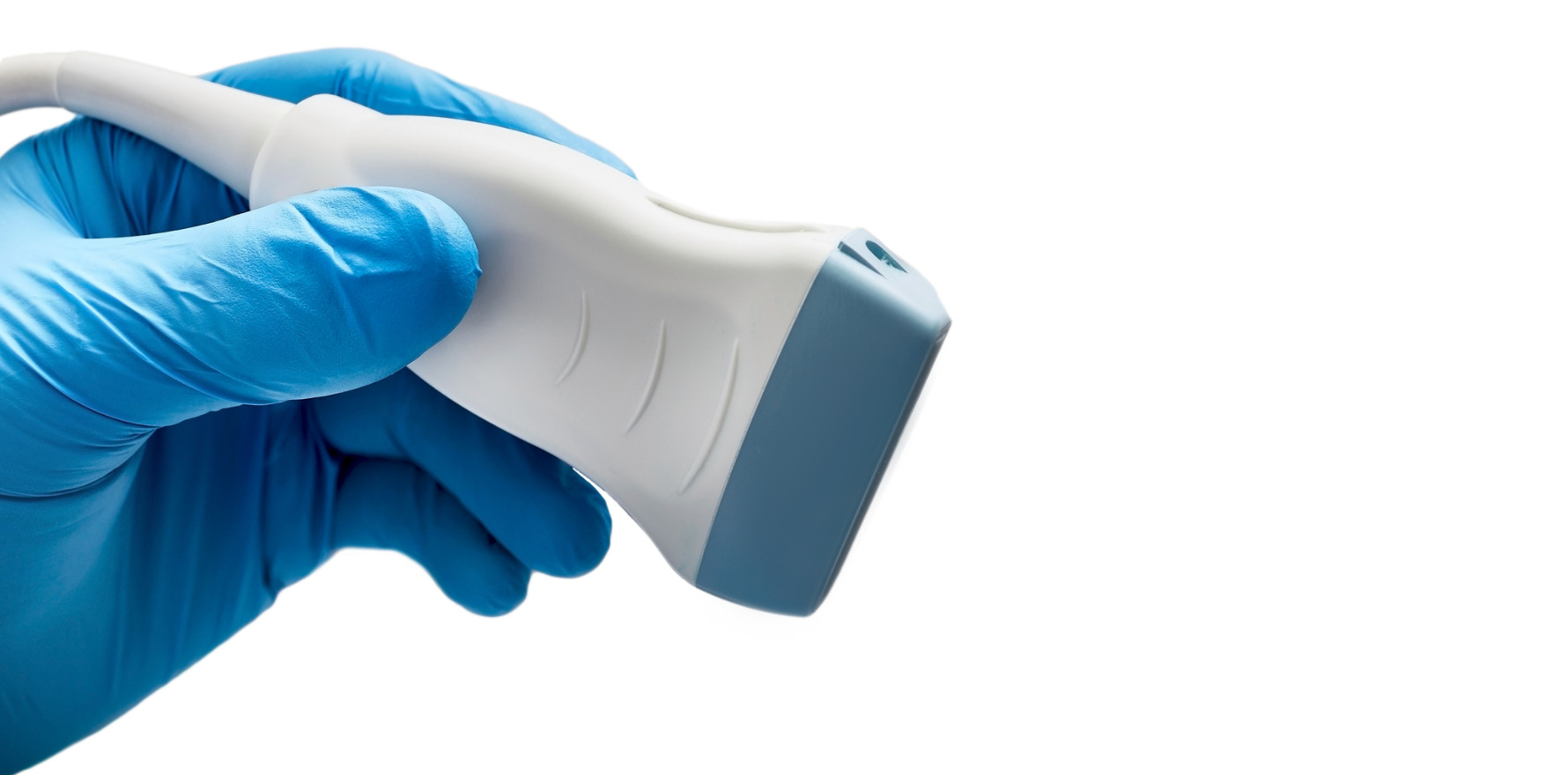PBS changes will save biopsies but need to be in the right hands, says Dr Helen Keen.
A request to extend the imaging diagnostic criteria for giant cell arteritis to include ultrasound for PBS-subsidised tocilizumab, which was recommended at the December 2022 PBAC intracycle meeting, has been approved by the health minister.
PBS clinical criteria for prescribing tocilizumab for GCA now includes “evidence of positive temporal artery halo sign by ultrasound (US) at diagnosis”.
WA rheumatologist Dr Helen Keen said it was a good outcome for patients and rheumatologists.
“As long as we’re using sonographers who are skilled in the technique, then it will increase access to tocilizumab and decrease the need for invasive tests, such as temporal artery biopsy, or expensive tests, such as MRI and PET scan.
“And the other thing is that clinicians and sonographers can do it at the point of care, so patients can get a diagnosis and start treatment, all in one visit.
“This is the Fast Track clinic concept, where it’s a one stop shop: they get seen urgently, get an assessment by a clinician, get the scan done, the diagnosis is made, and you can start on treatment. So all that can happen in one day.”
The criteria is consistent with EULAR recommendations for temporal artery ultrasound, with or without the axillary arteries, to be used ahead of temporal artery biopsy in patients with suspected GCA.
It’s also consistent with the Outcome Measures in Rheumatology (OMERACT) Large-Vessel Vasculitis Ultrasound Working Group recommendation to use the non-compressible halo sign to identify GCA on temporal artery ultrasound.
“The most specific sign is a non-compressible halo,” said Dr Keen.
“It means the wall is thickened and stiff and can’t be compressed. And that’s the most specific sign GCA in the cranial arteries.
“The halo itself can be the result of artifact such as inappropriate machine settings, or scanning over hair where you don’t get good contact with the skin and the gel. So if it’s non-compressible, that’s much more likely to be specific for GCA.”
One potential sticking point is a need for suitably skilled sonographers.
“Many sonographers won’t have done temporal-artery-specific scans. But it would be quite easy for them to upskill. In fact, over the last few years, the quality of the reporting I’m seeing from external providers has improved significantly, so people are more aware of what they should be looking for.
“I think there’s still a need for upskilling the Australian community in what they should be looking for, and secondly, getting experience in performing a number of scans to be competent.”




